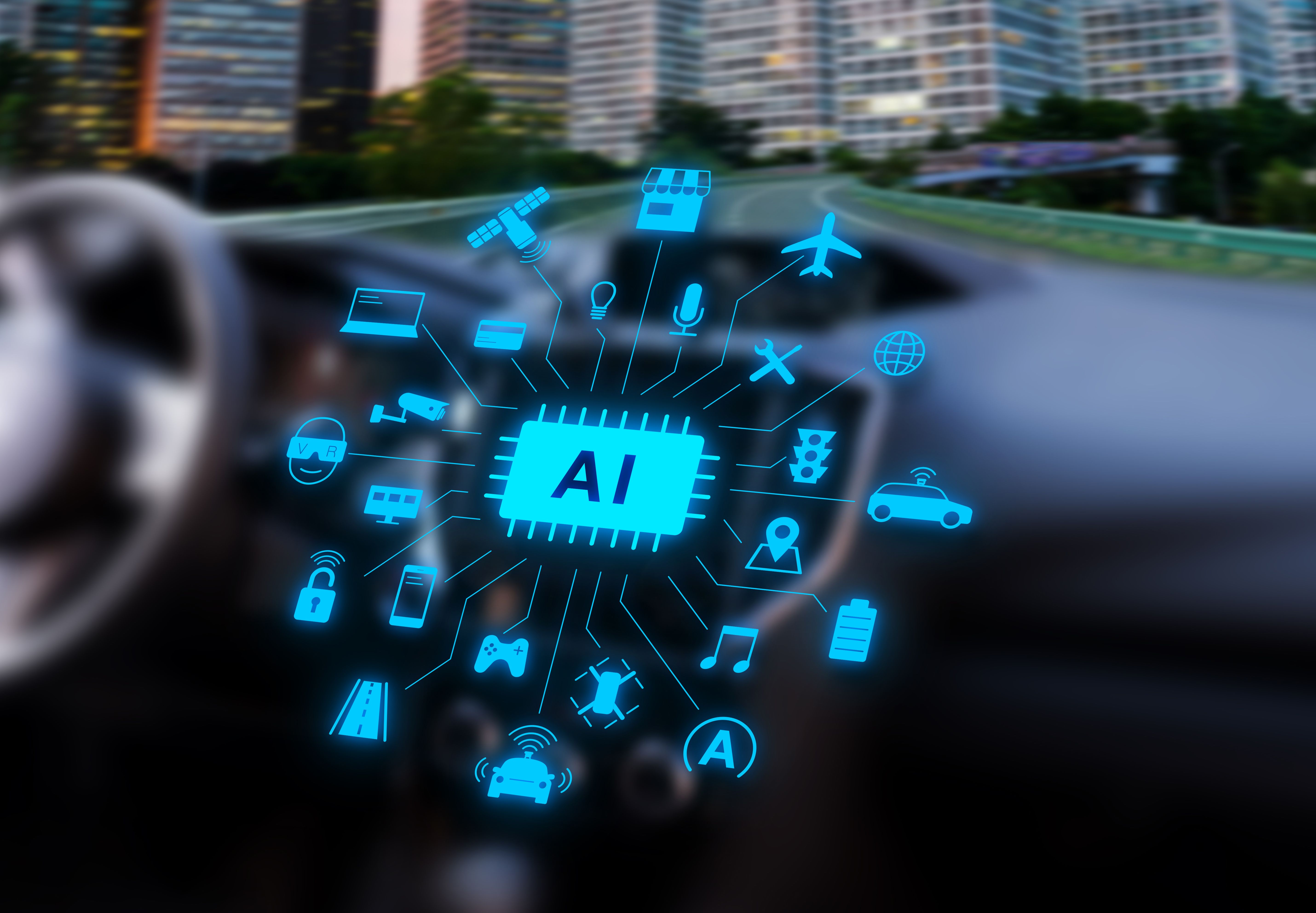The Impact of Accessibility Solutions on Public Transport
Understanding Accessibility in Public Transport
Accessibility solutions in public transport play a critical role in creating inclusive and equitable urban environments. These solutions are essential for ensuring that individuals with disabilities, the elderly, and those with temporary impairments can travel safely and independently. By integrating accessibility features into public transport, cities can enhance mobility, foster social inclusion, and improve the quality of life for all residents.

The Importance of Universal Design
The concept of universal design is central to developing accessible public transport systems. Universal design refers to the creation of products and environments that are inherently accessible to all people, regardless of their age, size, or ability. By adopting this approach, transport systems can minimise the need for specialised accommodations and reduce barriers for all users.
Implementing universal design in public transport includes features such as low-floor buses, tactile paving, audible announcements, and accessible ticketing machines. These elements work together to ensure a seamless experience for all passengers, enhancing the overall usability of the transport network.
Technological Innovations in Accessibility
Recent technological advancements have significantly impacted the accessibility of public transport systems. The integration of technology can offer real-time information, navigation assistance, and other services tailored to the needs of passengers with disabilities. For instance, smartphone applications can provide turn-by-turn navigation and alert users to upcoming stops or disruptions in service.

Additionally, advancements in vehicle design and infrastructure can facilitate easier boarding and alighting for those with mobility challenges. Features such as automated ramps, wider doorways, and priority seating areas are becoming more commonplace in modern public transport vehicles.
Social and Economic Benefits
Accessible public transport systems offer numerous social and economic benefits. By providing reliable and convenient transportation options, these systems enable individuals with disabilities to access education, employment, healthcare, and social activities more easily. This increased mobility can lead to greater economic participation and contribute to a more diverse workforce.
Furthermore, accessible public transport can reduce reliance on private vehicles, leading to decreased traffic congestion and lower environmental impact. As cities strive to meet sustainability goals, investing in accessibility solutions becomes an integral part of urban planning strategies.

Challenges and Considerations
While the benefits of accessible public transport are clear, there are challenges to consider. Funding constraints, regulatory hurdles, and the need for ongoing maintenance can pose obstacles to implementing comprehensive accessibility solutions. It is crucial for policymakers to prioritise accessibility as a key component of public transport planning and allocate resources accordingly.
Moreover, engaging with communities and stakeholders is essential to identify specific needs and preferences. Public consultations and collaborations with disability advocacy groups can provide valuable insights into designing effective accessibility solutions that truly address user requirements.
Future Directions
As technology continues to evolve, the future of accessible public transport looks promising. Emerging innovations such as autonomous vehicles and smart city technologies hold the potential to further enhance mobility options for individuals with disabilities. By leveraging these advancements, cities can create more efficient, inclusive, and sustainable transport networks.
In conclusion, the impact of accessibility solutions on public transport extends far beyond the immediate benefits for individuals with disabilities. It represents a commitment to building inclusive societies where everyone has equal opportunities to participate fully in community life. As we look ahead, it is crucial to continue prioritising accessibility in the development of public transport systems worldwide.
